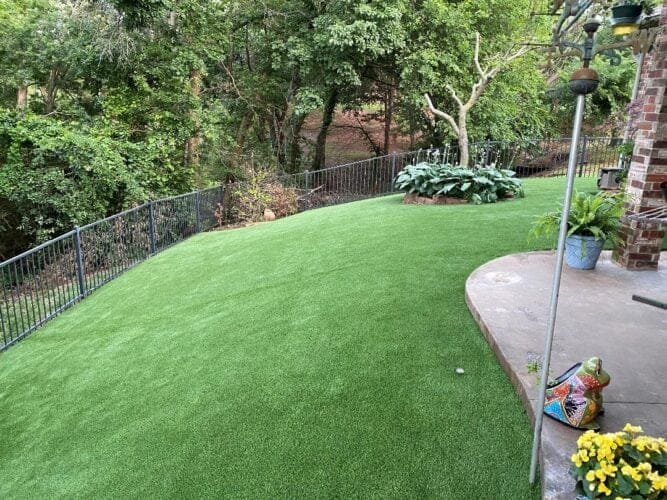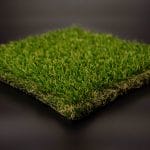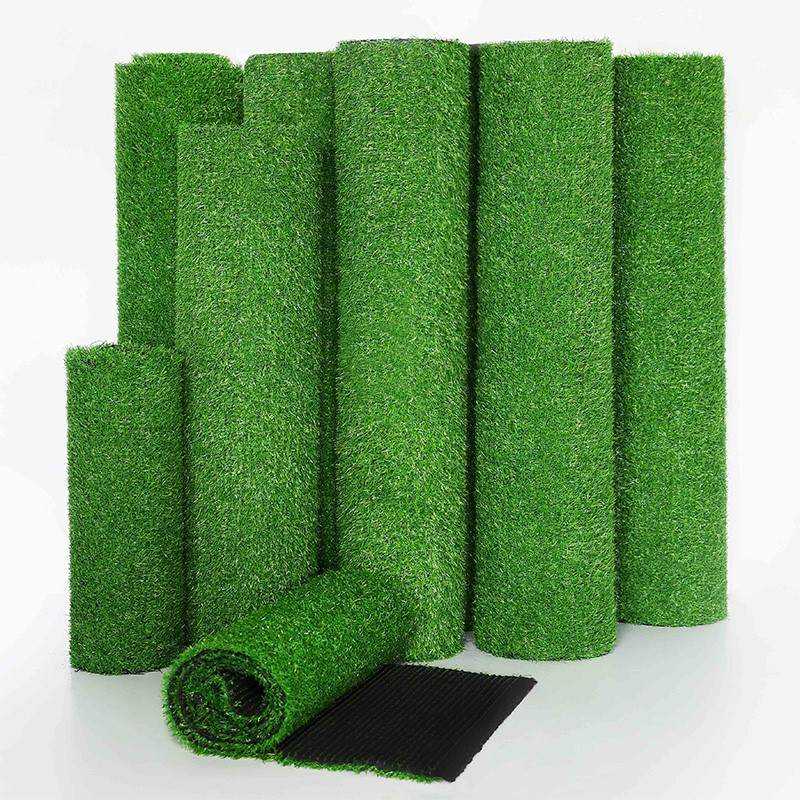
Laying artificial grass on a slope can be a challenging task, but with the right techniques and materials, it can be done successfully. In this article, we will explore the steps and considerations for laying artificial grass on a slope, and provide tips for ensuring a smooth and even installation.
Step 1: Prepare the Slope
Before laying the artificial grass, the slope must be prepared. Clear the area of any debris, vegetation, or obstructions. Then, grade the slope to create a level surface. This can be done by digging into the slope and creating a flat area for the artificial grass to sit on. Make sure the slope is not too steep, as this can cause the grass to slide or shift over time.
Step 2: Lay the Base Material
Once the slope is prepared, lay a base material such as crushed stone or decomposed granite. This will provide a stable foundation for the artificial grass and help with drainage. Compact the base material thoroughly to ensure it is secure and even.
Step 3: Install the Artificial Grass
Now it’s time to install the artificial grass. Start at the bottom of the slope and work your way up, ensuring the grass is laid flat and even. Use a spirit level to check the gradient of the slope and make adjustments as necessary. It’s important to ensure the grass is not too tight or too loose, as this can cause wrinkles or unevenness.
Step 4: Secure the Grass
Once the artificial grass is in place, secure it to the ground using appropriate fasteners. This can be done using galvanized screws or nails, which should be spaced at regular intervals to ensure the grass is securely fastened. Make sure the fasteners are not too tight, as this can damage the grass.
Step 5: Add Sand or Rubber Infill
To ensure the artificial grass is secure and stable, add sand or rubber infill between the blades. This will help to keep the grass in place and prevent it from shifting or sliding over time. Use a broom or a specialized tool to spread the infill evenly and ensure it is securely in place.
Tips for Laying Artificial Grass on a Slope
1. Use a high-quality artificial grass that is designed for slopes. This will ensure the grass is durable and can withstand the elements.
2. Use a geotextile fabric underneath the artificial grass to prevent weeds from growing and to improve drainage.
3. Install a drainage system, such as a French drain, to ensure water does not accumulate on the slope.
4. Use a slope stabilization system, such as a retaining wall, to prevent erosion and ensure the slope is secure.
5. Regularly inspect the artificial grass on a slope to ensure it is secure and in good condition. Make repairs as necessary to prevent damage or unevenness.
Conclusion
Laying artificial grass on a slope can be a challenging task, but with the right techniques and materials, it can be done successfully. By following the steps outlined in this article and considering the tips and recommendations, you can create a beautiful and functional artificial grass lawn on a slope.









